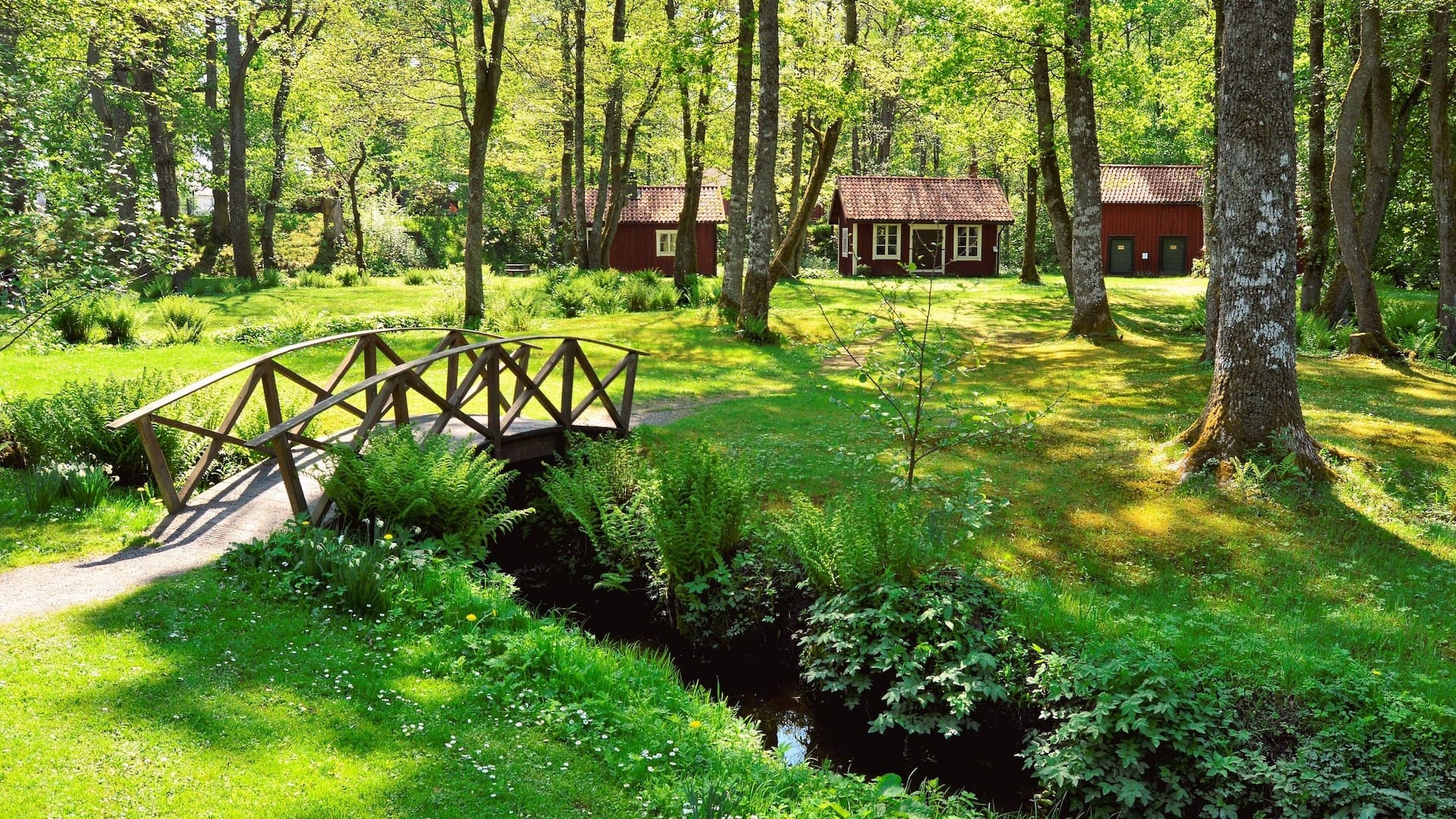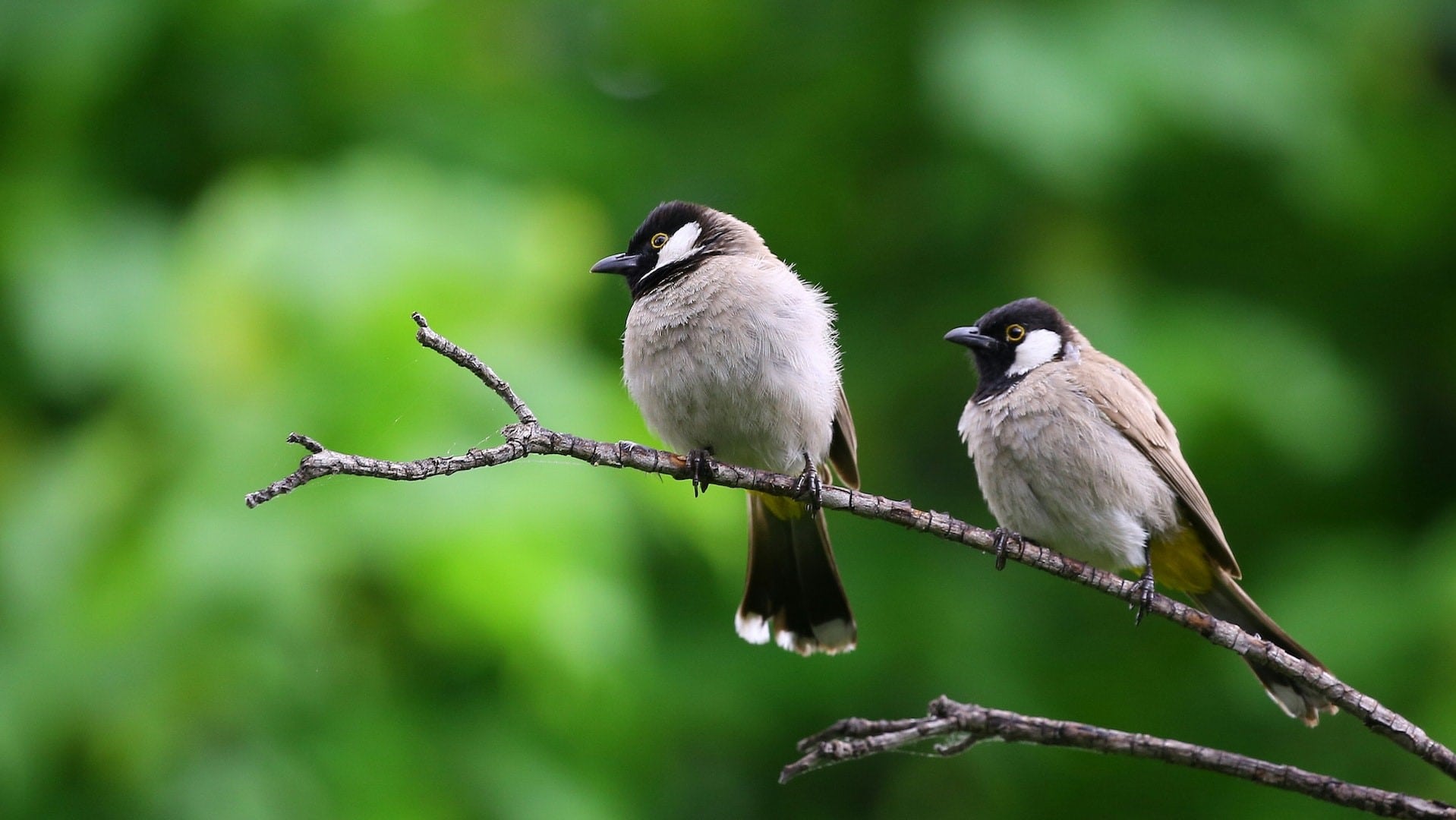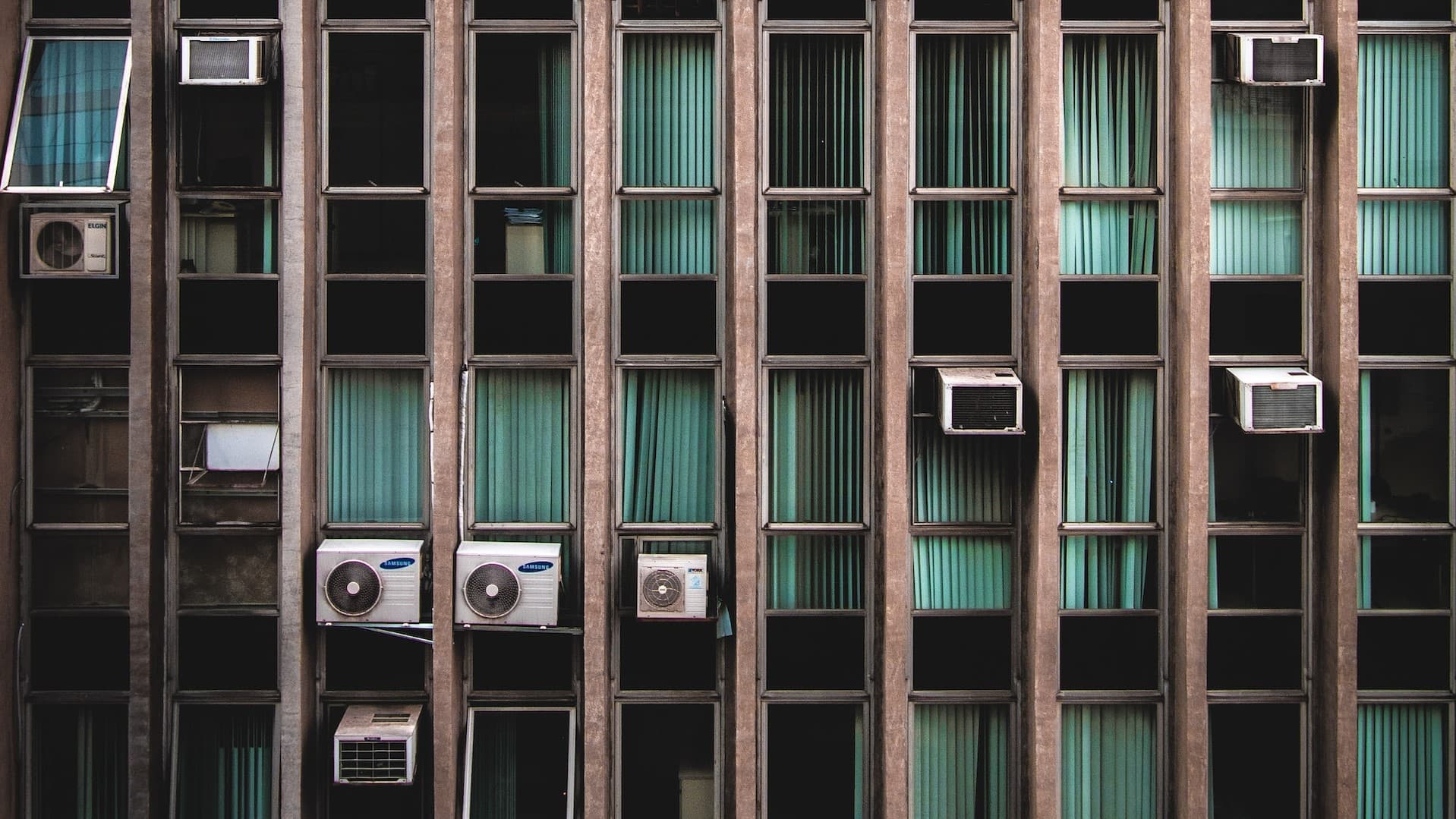
Green, sustainable architecture is helping communities all around the globe restore their connections to nature. In fact, green methods are being developed and used in almost every sector imaginable. That said, construction may just be the biggest one. It only makes sense to ensure that the legacy of the structures we build today is a positive one. Green bridges are one example of how communities might adopt more environmentally friendly and sustainable building practices. Today we will be exploring the benefits of green bridges.
1. What are Green Bridges?
The objective of industrialized nations that are focusing on shifting to renewable energy doesn’t stop with just electricity. They are also aiming to future-proof transportation infrastructure so that it is in line with their goals. One way to do this is to have motor traffic run underneath the landscape rather than above it. This leaves a higher percentage of the land area green. Additionally, it also leaves more open space for enjoyment.

Green bridges are made from environmentally friendly materials.
However, that doesn’t mean there are no green bridges out there. One of the most prominent forms of the green bridge is the garden bridge. Several cities across the globe are investigating the potential of garden bridges and linear parks, with New York’s High Line serving as the most well-known example. In addition, garden bridges inspired by this design concept may be seen in Sydney and Seoul. Suppose you want to transform an eyesore like an abandoned rail line into something more appealing and green. In that case, the advancements in construction processes and technology make constructing an environmentally friendly garden bridge a breeze. In the same way that green roofs may help with stormwater management, these features provide aesthetic value to a building while also providing practical benefits.
Different types of green bridges
While garden bridges are the most popular, they are not the only ones. Here are a few more variations of a green bridge:
- Wildlife Overpasses: Structures designed to allow animals to cross over busy highways safely, reducing the number of animal-vehicle collisions.
- Park Bridges: Bridges built within parks to connect different areas of a park or create recreational space for park visitors.
- Greenway Bridges: Bridges designed to connect greenways or multi-use trails, promoting sustainable transportation and active lifestyles.
- Pedestrian and Bike Bridges: Bridges designed exclusively for pedestrian and bicycle traffic, promoting sustainable transportation and providing safe alternatives to motor vehicle travel.
2. Improving Urban Biodiversity
Green bridges are an increasingly popular solution to help improve urban biodiversity. By connecting green spaces, these structures make it easier for wildlife to move from one area of the city to another, increasing the number and types of species found in different habitats. They also provide sheltered environments for nesting, breeding, and foraging, which can be especially beneficial for birds. With more habitats available and fewer barriers between them, green bridges can greatly contribute to the well-being of wildlife in cities and the overall improvement of urban biodiversity.

Green bridges can help to diversify the fauna of the area in which they are located.
3. Promoting Sustainable Transportation
The construction of green bridges plays a significant role in promoting sustainable transportation in urban areas. By connecting pedestrian and bicycle lanes across green spaces, these structures give people more options for getting around without the need for a car. According to experts from Professional Movers Canada, this makes relocations, for instance, much safer in areas where this type of infrastructure exists. Additionally, this increases safety and convenience by providing more direct and efficient routes while helping to reduce air pollution levels while still allowing people to reach their destinations quickly and easily..
4. Enhancing Air Quality
One of the other benefits of green bridges is that they can make a significant contribution to enhancing air quality in urban environments. These structures can capture and store pollutants from the air, helping to reduce levels of toxic substances in the atmosphere. They also support the growth of trees and plants, which act as natural air filters, absorbing pollutants and releasing oxygen — thus increasing the amount of clean air available for us to breathe. Additionally, green bridges provide an aesthetic feature to urban areas which not only looks pleasant but also encourages people to spend more time outdoors and be more active than they normally would.
5. Reducing Urban Heat Island Effect
The Urban Heat Island Effect (UHI) occurs when concrete and asphalt in a city absorb and retain heat, resulting in hotter temperatures than surrounding areas. However, more green spaces mean less heat in urban environments. By providing vegetation on a bridge, such as trees and plants, they can reduce this temperature difference while also shading pedestrians from intense sunlight, adding to their comfort and protecting them from health risks associated with high UV rays. Additionally, green bridges can provide habitats for wildlife and help re-connect urban ecosystems delivering many other environmental benefits to cities.

Green bridges can help to reduce the amount of heat that accumulates in cities.
6. Creating Recreational Spaces
By connecting green areas, such as parks and trails, green bridges can provide pedestrians with more options for enjoying the outdoors near their homes. Additionally, these structures allow environments to be shared amongst different types of users: cyclists, joggers, skaters, etc. While still ensuring they remain safe and well-equipped with amenities like benches and play equipment. This also promotes social interaction and contributes towards a healthier lifestyle for citizens in urban areas, ultimately making them happier and more productive in their day-to-day lives.
Conclusion
Now that we are done exploring the benefits of green bridges, it’s clear that green bridges have the potential to make a significant impact on the health and well-being of both people and wildlife in urban environments. By providing safe, green, and sustainable alternatives for people, green bridges can help reduce the negative impacts of urbanization, such as air pollution and habitat fragmentation. By incorporating green bridges into our urban landscapes, we can create a healthier and more sustainable future for generations to come.





There are no comments yet